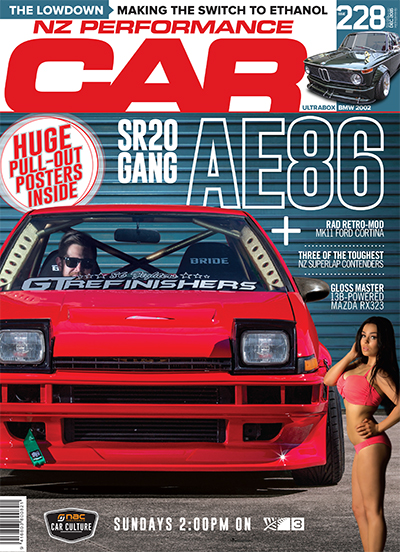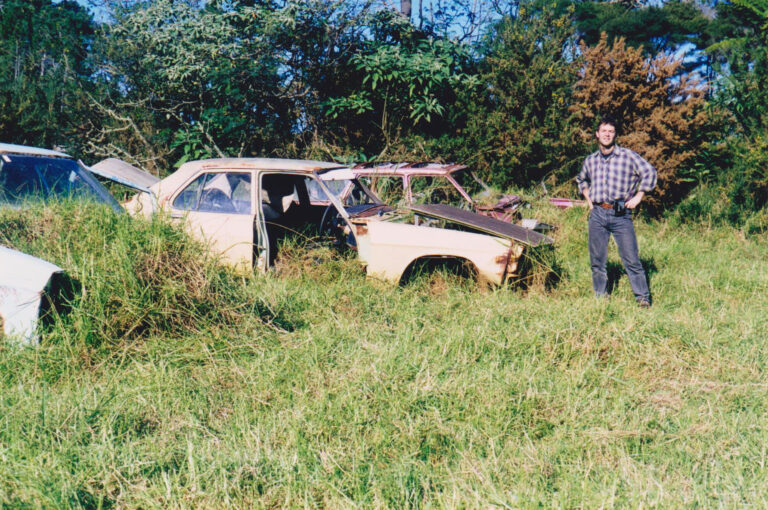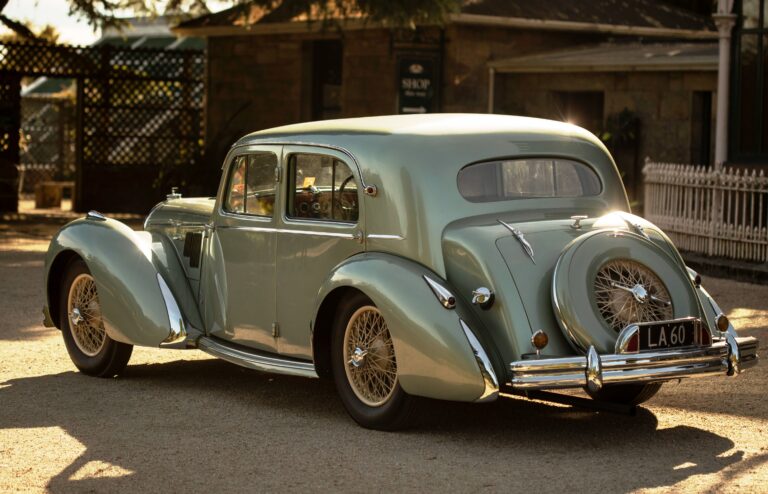data-animation-override>
“So you’re planning your maiden voyage to the track with your pride and joy, but you aren’t 100 per cent sure how to tow a race car safely; we show you the tips and tricks to towing your ride safely ”
Towing a car trailer can be very daunting for a first timer; even seasoned pros can find themselves in trouble from time to time. It’s one of those tasks that, at first glance, seems simple enough: throw on the car, strap it down, and away you go — but it’s not as simple as one might think. There is a science to loading a trailer properly, and the results for getting it wrong can be costly — not only for your pride and joy sitting up there on the trailer, but for the trailer, the tow vehicle, its occupants (you), and any other road users.
The New Zealand Transport Agency reports that, on average, seven people are killed and 45 seriously injured each year in crashes involving trailers; and incorrect trailer loading is a factor in 27 crashes, one death, and five serious injuries every year. It’s pretty sobering reading, but, hey, getting you and your precious cargo to the track safely isn’t rocket science if you follow all the guidelines and safety procedures

Getting the right gear for the job
Tow rig
As with all things, you need the correct gear for the job. Just because your mum’s Corolla has a tow bar, does not mean it’s up to the job. The bigger the tow unit, the more stable it will be on the road and the less susceptible it will be to having the trailer take control. All vehicles are rated for both a braked and unbraked towing capacity; this is listed in the owner’s manual. If your car is missing the manual, or you are looking for a new rig to buy, aa.co.nz has a comprehsive list of ratings for most makes and models on New Zealand roads. Your insurance company will also follow these guidelines, so that is something to take into consideration. As the general rule of thumb, your fully laden trailer should, at a maximum, be no more than three-quarters the weight of your tow vehicle. That should give you a good indication of the size the tow vehicle should be. That rating relates only to the vehicle itself and not the aftermarket tow bar — confusing we know. The tow bar will have a rating label on the tongue.
If you are towing with an auto, it would also pay to connect a trans cooler and look at upgrading your trans fluid to a race fluid, as that will run cooler. Trans cooler kits can be picked up cheaply, and could be the difference between getting to the track and missing the event altogether.
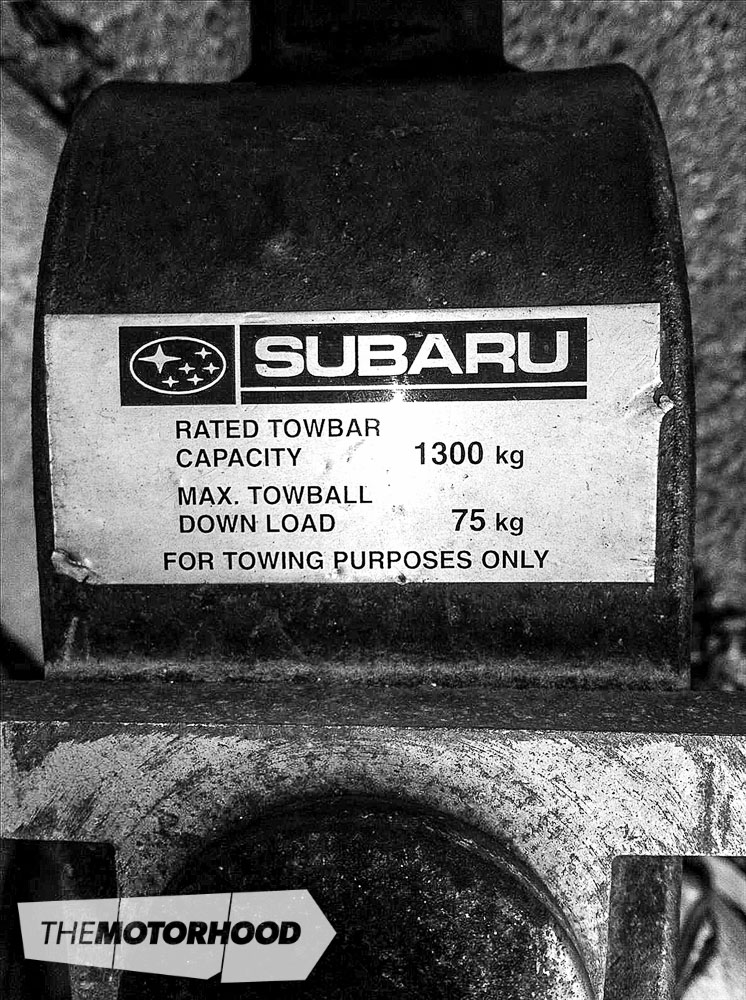
Trailer
When it comes to the trailer, there are a few guidelines to follow. Your fully loaded trailer must weigh less than 3500kg to be classed as a light trailer. It must be no wider than 2.5 metres and no more than 12.5 metres long. If you’re looking at building or buying one, the choice between single or tandem axle comes down to these factors: weight and preference. Single-axle trailers are much easier to tow with and are generally much lighter. A tandem will take more weight and offers a little bit of security when it comes to a tyre blowout.
We also prefer to tow with a sprung trailer, but, in saying that, many single-axle trailers come unsprung and do the job OK; they are just much louder, bouncing around when unloaded.
Modern technology in towing has made things much safer. Electric brake controllers come standard on many of the later model pickups. We suggest you have electric brakes fitted to a trailer if your budget allows. We have used these many times and find them a joy to use compared with hydraulic brakes.

Tie-downs
The ideal way to tie the vehicle to the trailer is either through the wheels or over the wheels, allowing the vehicle’s suspension still to move. If you strop down using sprung components — i.e. diff or subframes in a car that has lots of suspension compression — the strops will de-tension over any bump, allowing the car to move. If the strop goes over the wheels, the danger is of the tyre going flat and the strop falling off. That is why having a strop on each wheel is advisable. When selecting the size and rating of the strop, you need to take into account the forces that will be applied to it. Say you have four strops — one on each corner — only two of those strops are ever going to be stopping the vehicle at one time, while the other two will be de-tensioned. To calculate the load, you must multiply the car’s weight by 3.3 — for example, if it is 1000kg, that means 3300kg of force. Divide this by two — meaning 1650kg per strop. Now. if you’re only using two strops, each of these will need to handle the 3300kg.
Getting that weight balance correct
The single most important aspect to towing a race car safely is getting the car loaded onto the trailer correctly. As a good rule of thumb, you need 60 per cent of the weight forward of the trailer’s front axle. It’s not hard to achieve if you have a front-engined race car — simply load it on forwards; loading it on backwards will throw the balance way off. Both the trailer and the tow vehicle need to remain as parallel to the ground as possible. If you load too much weight on the rear of the trailer, the weight will be removed from the tow ball, lifting the rear of the vehicle, which often leads to the trailer swaying violently at speed. If you load too much weight on the front of the trailer, too much weight will be transferred onto the tow bar / tow vehicle.
This can severely affect handling and braking by taking weight off the front wheels and thus the contact patch with the road. This can also happen when there is a huge amount of weight in the rear of the tow vehicle — think toolboxes and excess fuel. Unless you have scales, you will have to rely on your judgement about the angle of both the trailer and the tow vehicle. Once you have the car loaded, as well as your 30 tyres, two engines, 10 gearboxes, 1000 litres of race fuel, and giant toolbox, you may need to move some of your load onto the rear of the trailer. At all times, you must have between 10 and 15 per cent of the weight of your loaded trailer on the tow ball.
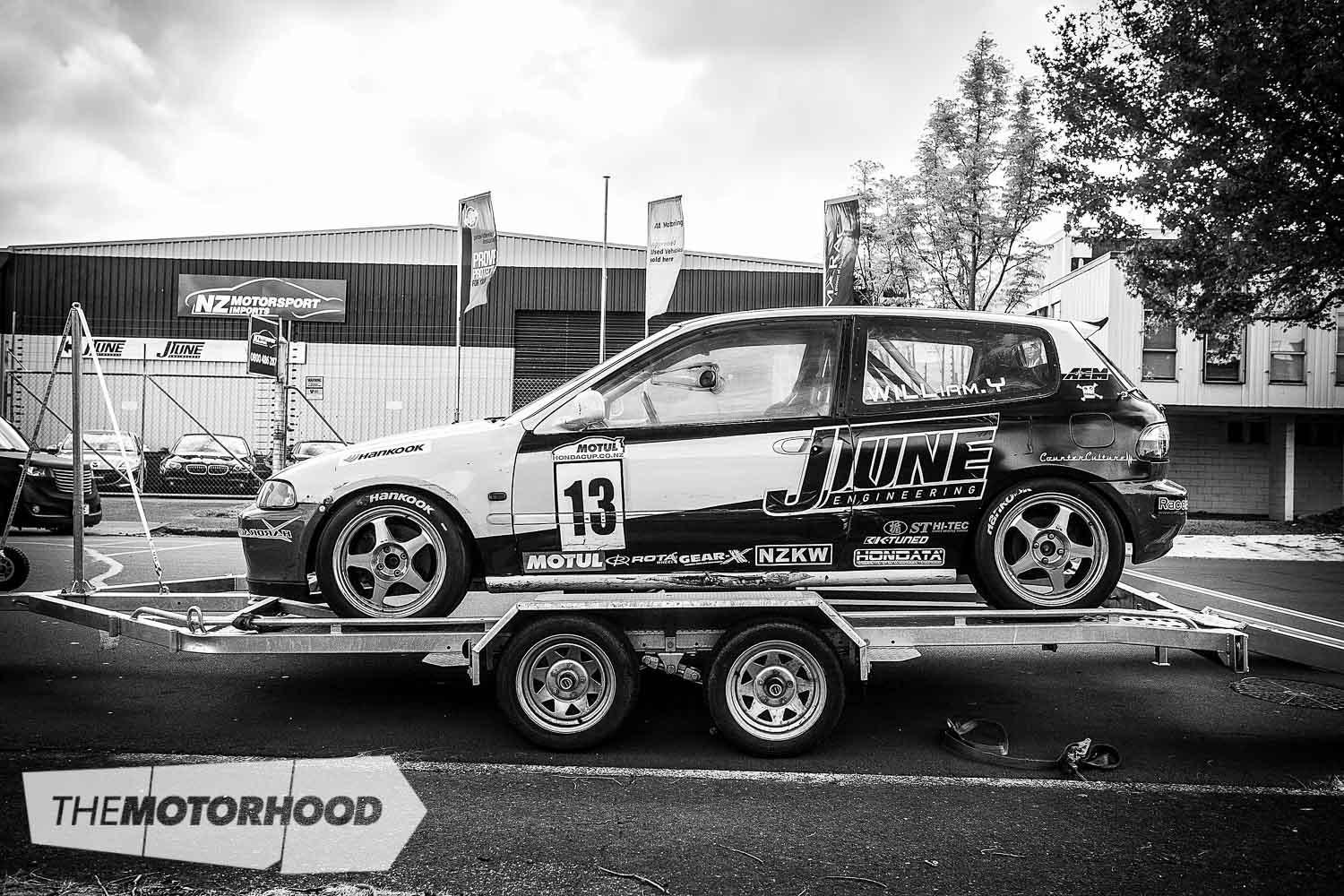
What to do when it all starts swaying
So you’re fully loaded and you are heading down the highway only to find your trailer starting to sway. Whatever you do, don’t attempt to counter-steer or jam on the brakes. If you have an electric brake controller on the trailer, slowly apply the trailer brakes to bring the trailer back into line. Alternatively, change down gears and accelerate, as that should pull you back into line. Avoid counter-steering and heavy braking, as that will allow the trailer to continue pulling the car around and eventually you will spin or flip.

This article was originally published in NZ Performance Car Issue No. 228. You can pick up a print copy or a digital copy of the magazine below:
